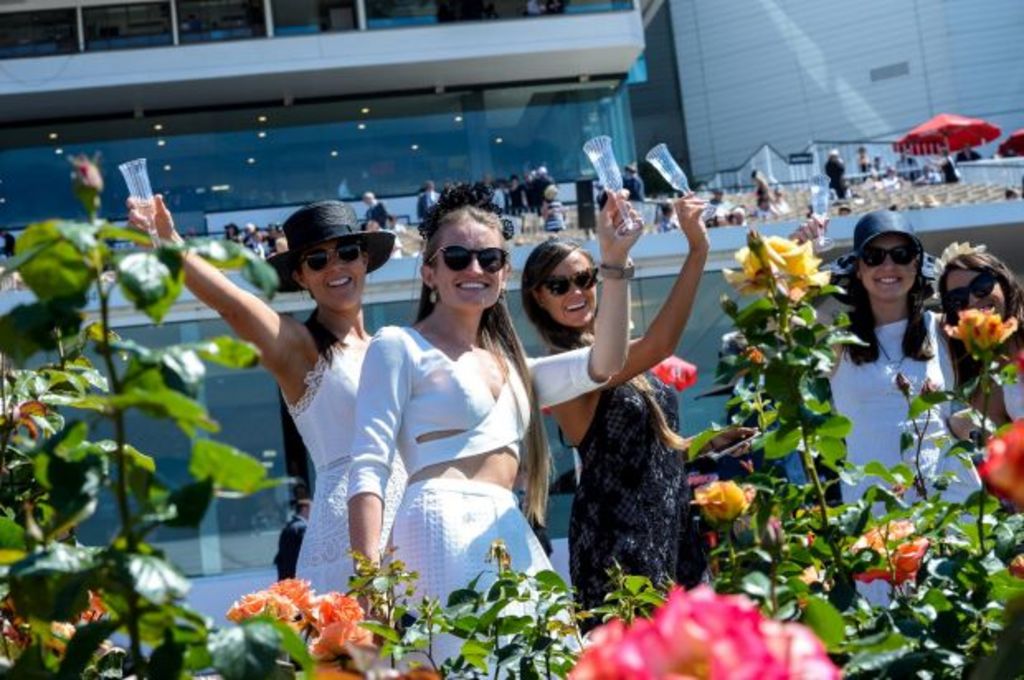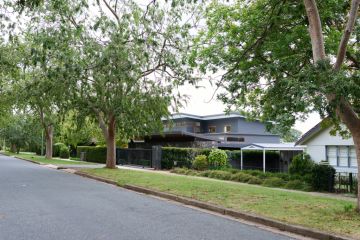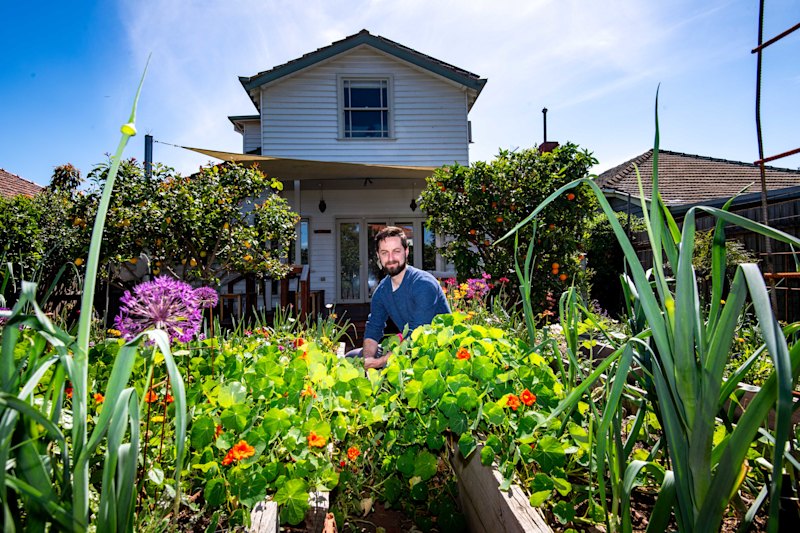Three budget icebergs to avoid if you're a socialite trying to save for a house deposit

Saving for a deposit isn’t easy. But neither is sacrificing your entire social life, for years, so you can scrape together the dosh before emerging blinking into the sunlight several years later.
The good news is you don’t really have to – just avoid these budget icebergs that often pop up in the social lives of young and hopeful savers. They’ll suck the life out of your deposit momentum.
1. Destination weddings
Total cost: ~$1300+
As romantic as it sounds to fly to the other side of the world to see your two besties tie the knot, flights and accommodation alone can make for a huge hit to the bank balance.
Aussies tend to favour Bali, Fiji, the South Pacific, and Raratonga in the Cook Islands when it comes to destination weddings, according to Flight Centre spokesperson Kellie Karter.
And Aussies typically shell out the same for a destination wedding as they would for a package holiday, Ms Karter told Domain, which costs upwards of $1200 for Fiji. The travel agent did, however, note that prices may come down if 10 or more people book together.
And although those packages often account for food, drinks and the ceremony there are added costs at every turn. On top of all that, a wedding gift is usually warranted – a $100 gift card, perhaps, or the classic toaster oven.
All up the total cost of following your dearest friends to an overseas wedding could run into the thousands.
2. Music festivals
Total cost: ~$550+
The ticket isn’t cheap. Then there’s petrol, the tent and camping gear, and food… your wallet is open pretty much the whole time.
A handful of music festival ask less than $300 per ticket, but typically you’re looking at $350-400 each.
Then there’s the transport to the often inconvenient locations. Whether you’re using public transport or driving, you might spend around $25 on tickets or petrol each way, especially if you drive a car that won’t get bogged at the nearest sight of rain on a well-walked festival ground.
Most festivals don’t come with a place to cook, so if cans of cold beans, old bread and salami don’t scream weekend extravaganza, and you take the food truck route, you’ll likely come away with a hole in your pocket.
Your correspondent can personally vouch for the morale drop that comes after shelling out $15 for a souvlaki and receiving a thin tube of dry meat smaller than family tube of toothpaste. If you were to go at $10-15 a pop for each meal, each day, you’ll likely find yourself spending $150 for food over three days.
And if you fancy a drink, then there’s the slab of cans you’ll have to bring – unless you’re a classy boxed wine connoisseur.
3. Spring Racing carnival
Total cost
If you buy new clothes: ~$1000+
If you go with what you have: ~$250
But a day at the races may be the biggest spend you’ll have all year, while still being an Uber’s ride from home.
A $79 ticket base ticket will get you in, but you’ve still got to look the part, and that’s where it becomes pricey.
Racegoers splash $44 million on fashion, broken down into almost 50 thousand pairs of shoes, 46 thousand dresses, 11,600 thousand suits and almost 60 thousand hats, according to figures cited by the Victorian Racing Club.
If you’re buying an entirely new outfit for the races, men will spend upwards of $500-650 plus on a suit, shoes and shirt, while are looking at dresses, fascinators, matching bags and shoes, which may see the total outfit bill reaching past $500.
Then there’s the cost of a flutter on the horses. Last year Australians put down $140 million in bets on the Melbourne Cup alone and, on average, lose about $1500 in gambling each year.
Finally, the drinks and food at the racecourse. Food trucks and kiosks are available, and many opt to bring a picnic, but racing clubs also offer dining packages, which on Melbourne Cup day can cost anywhere from $200 to $1000 and beyond.
Once you’re all done with the races the price of a taxi or perhaps an Uber at peak surge prices will be a cherry on top of the day’s bill.
It’s a bit of a grim list for socialite savers, but plenty of other options to have a social life on the cheap exist – they mostly involve going to a mate’s barbecue.
We recommend
We thought you might like
States
Capital Cities
Capital Cities - Rentals
Popular Areas
Allhomes
More







